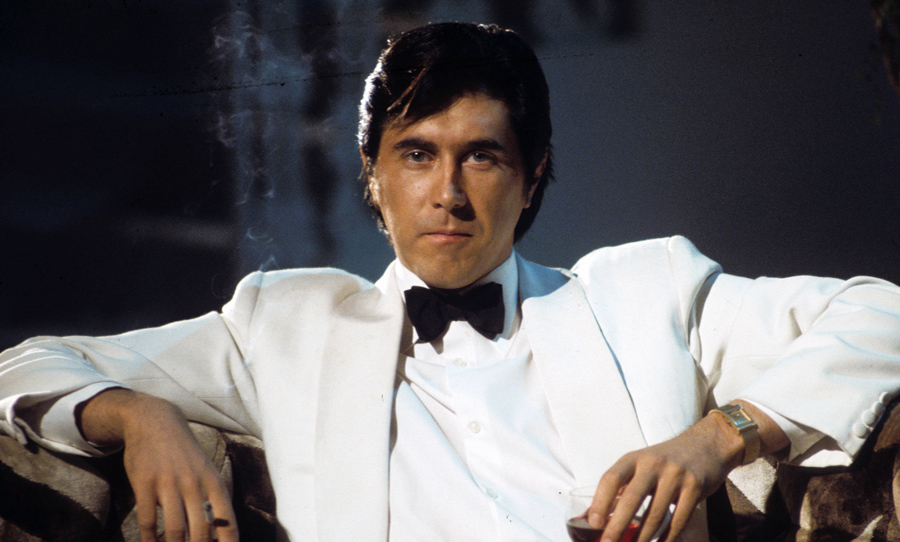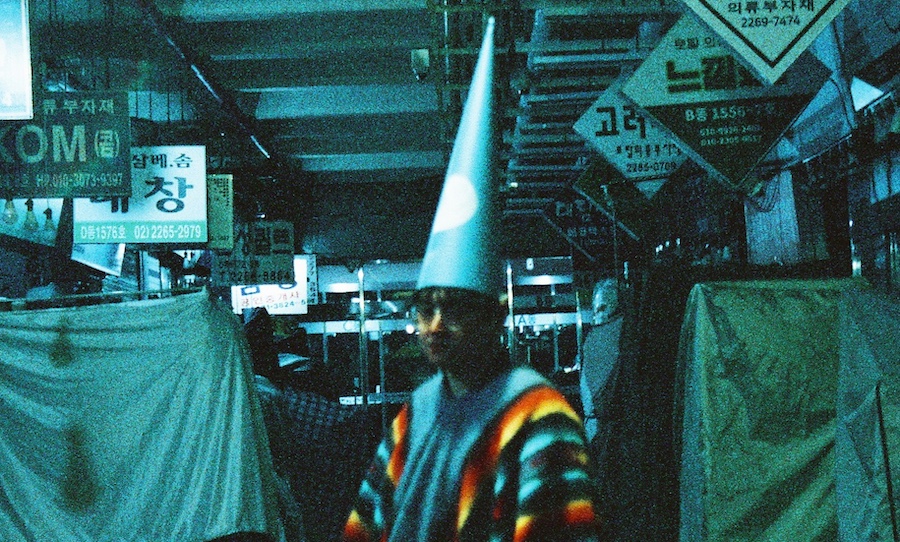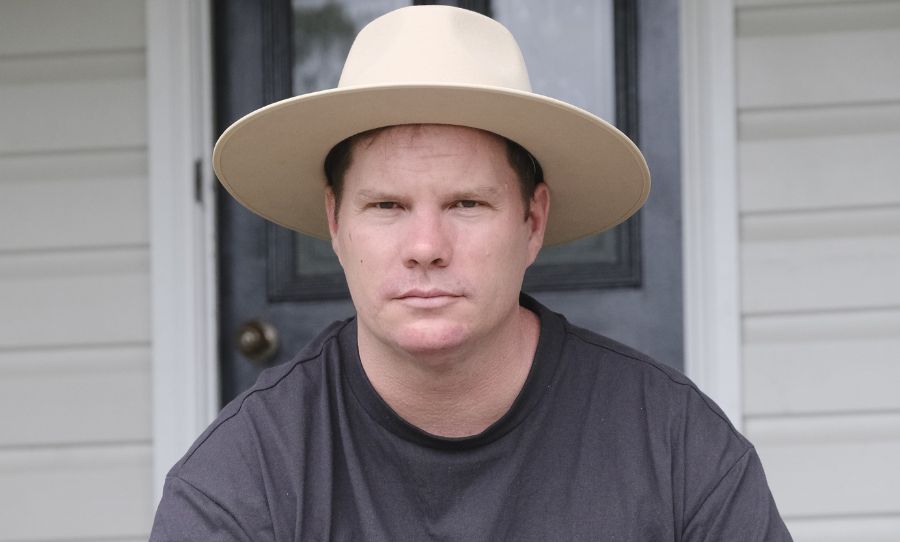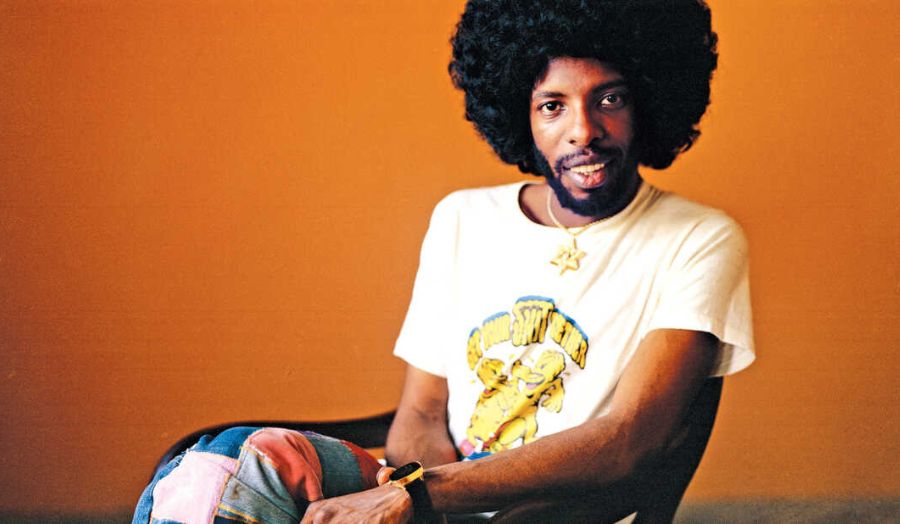Powered by an explosion of creativity and experimentation, Roxy Music’s star burned brightly. Let’s have a closer look at the band’s final, groundbreaking record, Avalon.
40 years old, Avalon is the culmination of Roxy Music‘s experiments throughout their eight-album career. While their first album contained a huge amount of chaotic energy, as was the fashion for glam and art-rock in the early ’70s; their final album, Avalon, has a refined and polished edge. Frontman Bryan Ferry described the naming of Avalon in a 1982 interview in the NME as:
“Roxy Music Avalon is part of the King Arthur legend and is a very romantic thing…When King Arthur dies, the queens ferry him off to Avalon, which is sort of an enchanted island. It’s the ultimate romantic fantasy place.”
This was what Roxy Music ultimately became in their last album. It also pointed to what sort of style that Bryan Ferry and the band are known for, as the two are often taken together — the music and the fashion — as a complete package deal.
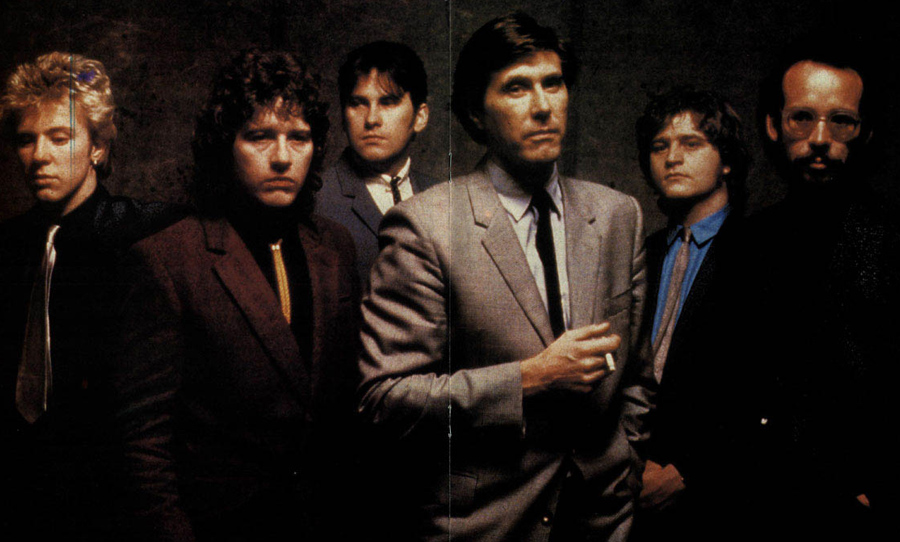
Pure romance
After the group temporarily disbanded in 1976, there was a marked change in the way the band created their music — described by Vulture as the band’s ‘pop phase’. Three albums are responsible for this shift; Manifesto (1979), Flesh + Blood (1980), and of course the subject of this article, Avalon (1982).
Recorded in 1981 and early 1982 between the Power Station in New York, Island Records’ famous Compass Point Studio in Nassau, The Bahamas, and guitarist Phil Manzanera’s Gallery Studio in Surrey in the UK, the lyrics and concept for the album was originally penned after Ferry stayed at Crumlin Lodge on the west coast of Ireland with his girlfriend, Lucy Helmore (who is also depicted on the cover from behind).
The lyrical subject matter, combined with the cover sleeve artwork, gives the whole ensemble a romantic air. But as Vulture points out, the lyrics “are sculpted almost to the point of meaninglessness”. Ferry described the lyrical content in the same 1982 NME interview as being “…ten short stories or poems that could, with a bit more work, be fashioned into a novel.”
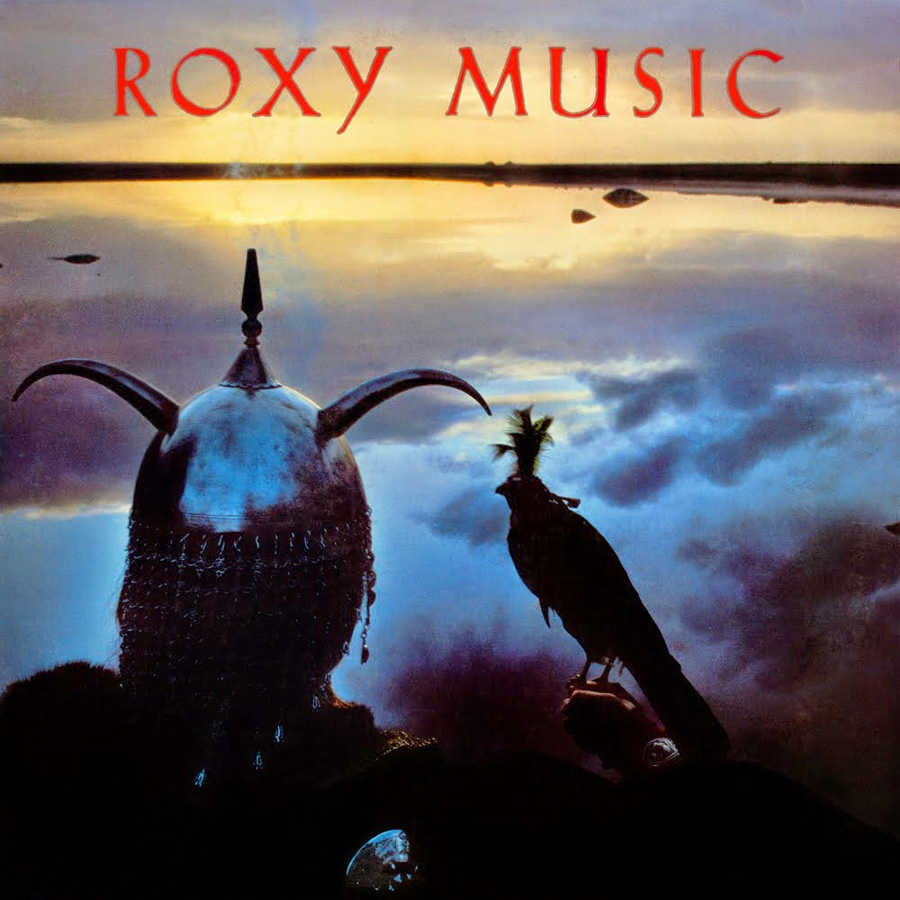
Going digital
What makes the final three Roxy albums (and more specifically Avalon) significant is the increased use of digital production. While the early albums had experimented with tape loops and bizarre lyrics (such as Virginia Plain from the band’s first album, or In Every Dream Home, A Heartache from For Your Pleasure), Avalon has a far more polished, ‘professional’ tone.
The idea of the band’s approach for Avalon is supported by what the band was using for instruments at the time, as guitarist Phil Manzanera described in a 1995 article for Mojo by Rob Chapman:
“That album was a product of completely changing our working methods. We were using the control room like a primitive computer, doing what people can do now in their front rooms with a computer and a sampler. We had the earliest Linn Drums and the first sequential synths.”
Taken together, the new digital instrumentation and Ferry’s lyrical ideas required careful cajoling in order to come together in a cohesive final work. What sets Avalon apart in this respect is the inclusion of not one, but two instrumentals – India on Side one, and Tara on Side two – which serve to highlight this mature approach to how the band created new music. Rhett Davies was the engineer at the Compass Point sessions. Here’s how he describes working with Bryan and the band in an interview with Sound On Sound:
“Bryan had only known the ‘let’s cut the track with the band in the studio’ approach, and I think he was searching for certain feels in his music which he wasn’t getting from the studio floor with live musicians…Phil [Manzanera, guitarist] might have some chord sequences or musical ideas, and Andy [Newmark, Drums] would have some tunes that he’d written, which he’d present to Bryan.
“I said ‘We can put down our groove synthetically, using a rhythm box [the Linn Drum]…Bryan had the atmosphere and feel of the track that he wanted, and we found that a good way of working. The musicians came in, and rather than trying to create something, they responded to the atmosphere that was already on tape.”
Electronic instruments were used to create soundscapes (not unlike the kind created by former band member Brian Eno), which helped to create a much more fluid creative environment. By the time the band and Rhett Davies decamped to the Power Station to work with Bob Clearmountain, however, many of the tracks for the album were half-finished.
The workflow mainly consisted of using the Linn as a starting point, along with some extra percussion from Andy Newmark and Jimmy Maelen. The Power Station was a unique environment to record in, as the drum room was “…a totally wooden room to mic up in, and that’s part of the sound of the record. We did use a room sound, it wasn’t all close-miked,” Davies recalled in an interview with Sound On Sound.
Despite the state the album was in at that point, the ‘studio as instrument’ approach enabled Ferry to create lyrics that evoke the romance that he was aiming for. According to Phil Manzanera in a Rolling Stone interview, “it was just after he got married. He was searching.”
Against this background of the lead singer’s personal life and a more fluid approach to the recording process, Avalon plays itself with its heart on its sleeve, a swooning, emotional journey, but with a dark side.
Synthetic atmosphere
Avalon opens with More Than This, the most famous song of the later incarnation of Roxy Music, and the album’s lead single. True to the use of electronic instruments in constructing the album, it creates a dreamy yet hopeful atmosphere and is reflected in the lyrics:
It was fun for a while/There was no way of knowing/Like a dream in the night/Who can say where we’re going/No care in the world/Maybe I’m learning/Why the sea on the tide/Has no way of turning.
More Than This is no ordinary pop song though; Phil Manzanera’s guitar is present in the song, but it’s relegated to the background as the synthetic instruments — like the Linn Drum and Roland Jupiter-8 (and to a lesser extent, the Oberheim OB-X), snake their way through the entire song. Being so instrument-forward, Rhett Davies (the Compass Point engineer for the album) describes the process of working with creating an atmosphere on tape:
“We would cut a lot of stuff that never got used, a lot of trials that Bryan couldn’t work into songs…When he eventually did write a song, we had to slow down the tape drastically, or speed the tape up to get it into a key he could sing in.”
It’s this atmospheric soundscape that flows into the following track, The Space Between. It features the Linn Drum and sparse guitar (along with saxophone, percussion and the band’s three core members) with lyrics centred on a relationship gone bad or a failed courtship, while the instrumentation lends an air described as “dark disco funk” by Popmatters:
The way I see it/ This relationship ain’t right/The space between us/ Close it up tonight.
Though More Than This has featured in countless forms of pop culture, from movies to video games, the album’s title track’s genesis has a fascinating back story. Originally, what was to become Avalon was initially penned as New Scatter, the track’s development began with scatting vocals, and these vocals would help Bryan to understand what sort of lyrics would be written for a particular song. Rhett Davies recalls the process, as seen in an interview with Mix:
“Bryan would lay down four or five scat vocals…we would actually comp the vocals as if they were the final vocals with lyrics…it gave him [Bryan] a clue to the actual shape of the sound of the lyrics…if you put the scat vocal tracks up and listen to them next to the finished vocal, it wouldn’t sound much different to the finished vocal. He was using identical shapes!”
While the music itself was being pieced together in the background, Roxy Music was taking full advantage of the spaced-out sounds available at The Power Station, such as the wooden drum room or the 75-foot miked staircase.
According to Bob Clearmountain, this unique feature would “change a lot depending on the weather…moisture’s a really good conductor of sound…we had a couple of AKG 451s in an X-Y pattern on a tall mic stand, it was very stereo, and the speakers were two flights pointing downwards…”.
Reverb obsession
This obsession with reverb is noticeable in tracks like Avalon, where Neil Hubbard and Phil Manzanera’s guitar work opens the track, along with a simple drum pattern from the Linn Drum, along with extraordinarily bright and airy keyboards, along with Andy Mackay’s saxophone towards the end of the track.
These elements give Avalon its atmosphere, underlining the theme of the album itself:
When the samba takes you/Out of nowhere/And the background’s fading/Out of focus/Yes the picture’s changing/Every moment/And your destination/You don’t know it.
Some of the most sought-after Avalon lyrics Roxy Music has created.
The title track was in fact the last to be put on to the album, and “the version of the song we recorded just wasn’t working out, so we recut the song with a completely different groove,” according to Rhett Davies in Sound On Sound. The final version that one hears on the album also contained the last-minute addition of Yannick Etienne, a singer who provided the high pitched backing vocals to the track.
She didn’t speak a word of English, being part of local Haitian bands that used The Power Station to record demo tracks. The story of her inclusion on the album comes from a 2004 article in Mix:
“She came in with her boyfriend/manager and we described what we wanted and she sort of sang the choruses and the [word] ‘Avalon’- the great sound that is on there. Then we said ‘Can she try something free at the end?’ and we ran the end of the track and she did absolutely nothing. So I said, ‘No, we want her to sing anything that she would want to sing, totally free.’ So the second time we ran the tape, she sang exactly what you hear on the record at the end.”
This serendipitous cameo — including the video clip that went along with it — helps to define what Roxy’s final outing is for a lot of people. But there’s more to it than that. Avalon contains two instrumentals – India, where the main element is the Linn Drum (according to Rhett Davies himself), and the oceanic saxophone breeze of Tara.
The penultimate track, True To Life, sums up the themes of Avalon and is a fitting lyrical curtain-closer (Tara, the final track on the album, is an instrumental with sounds of the ocean and Andy Mackay’s saxophone) for the album.
It opens with a pulsating synth line, as well as synth percussion. True To Life is also punctuated by guitars, and the instrumentation is a fitting closing to the album — offering up a feeling of exploration, or weightlessness — the lyrics paint Bryan as being nostalgic for a past relationship; something that was reaffirmed in his central concept, and entire ‘vibe’ for the album itself.
So, to quote While My Heart is Still Beating (track four of Avalon), “Where’s it all leading?” In other words, why is Roxy Music’s final album significant? Avalon is an important final entry in the band’s story because of its contrast to the band’s earlier output. Consider the cover of Jealous Guy, released in 1981 as a tribute to John Lennon. One is able to see the new direction that the band was taking at this point with their music, and how this perspective was refined — some might say to the point of perfection — in Avalon.
